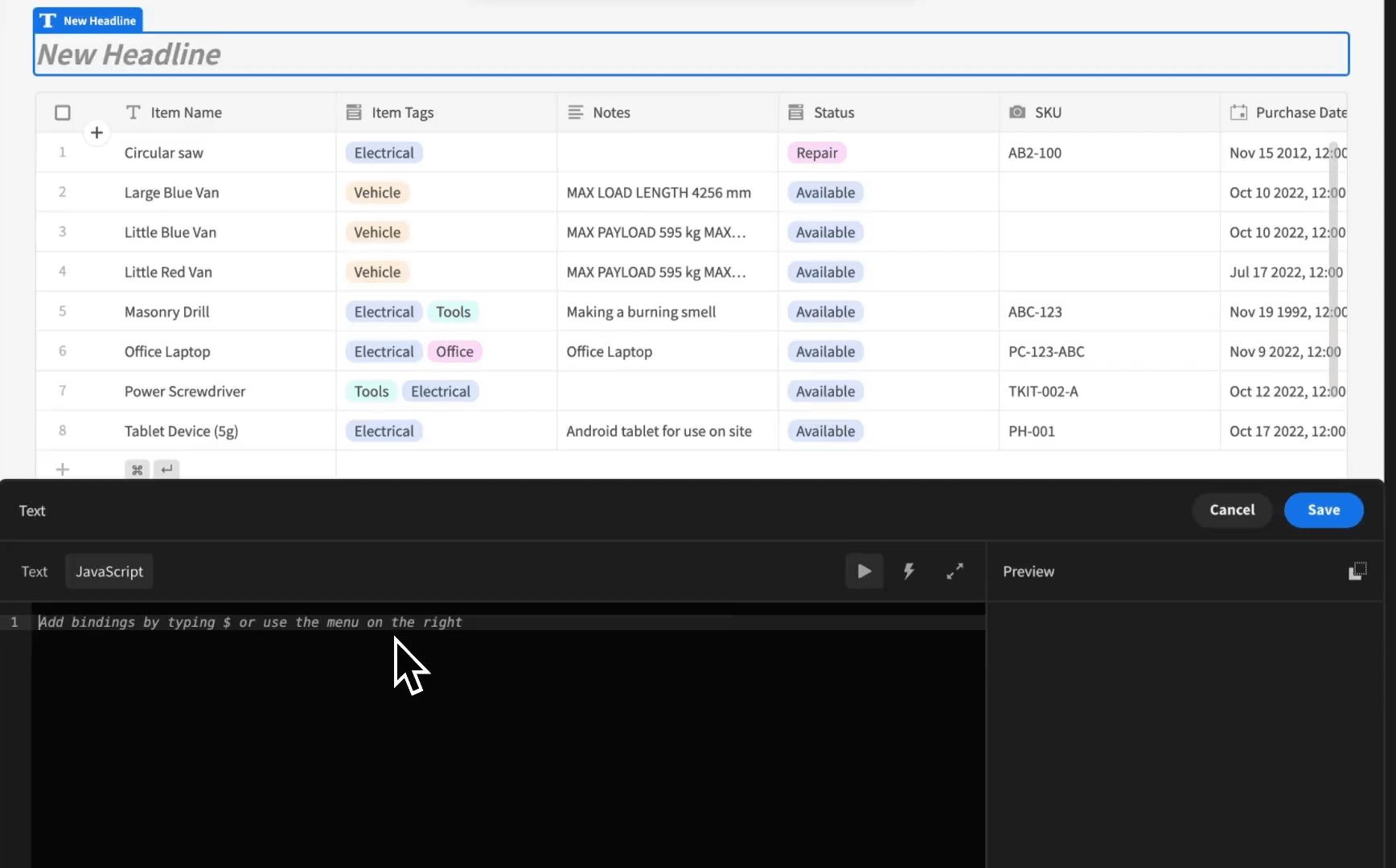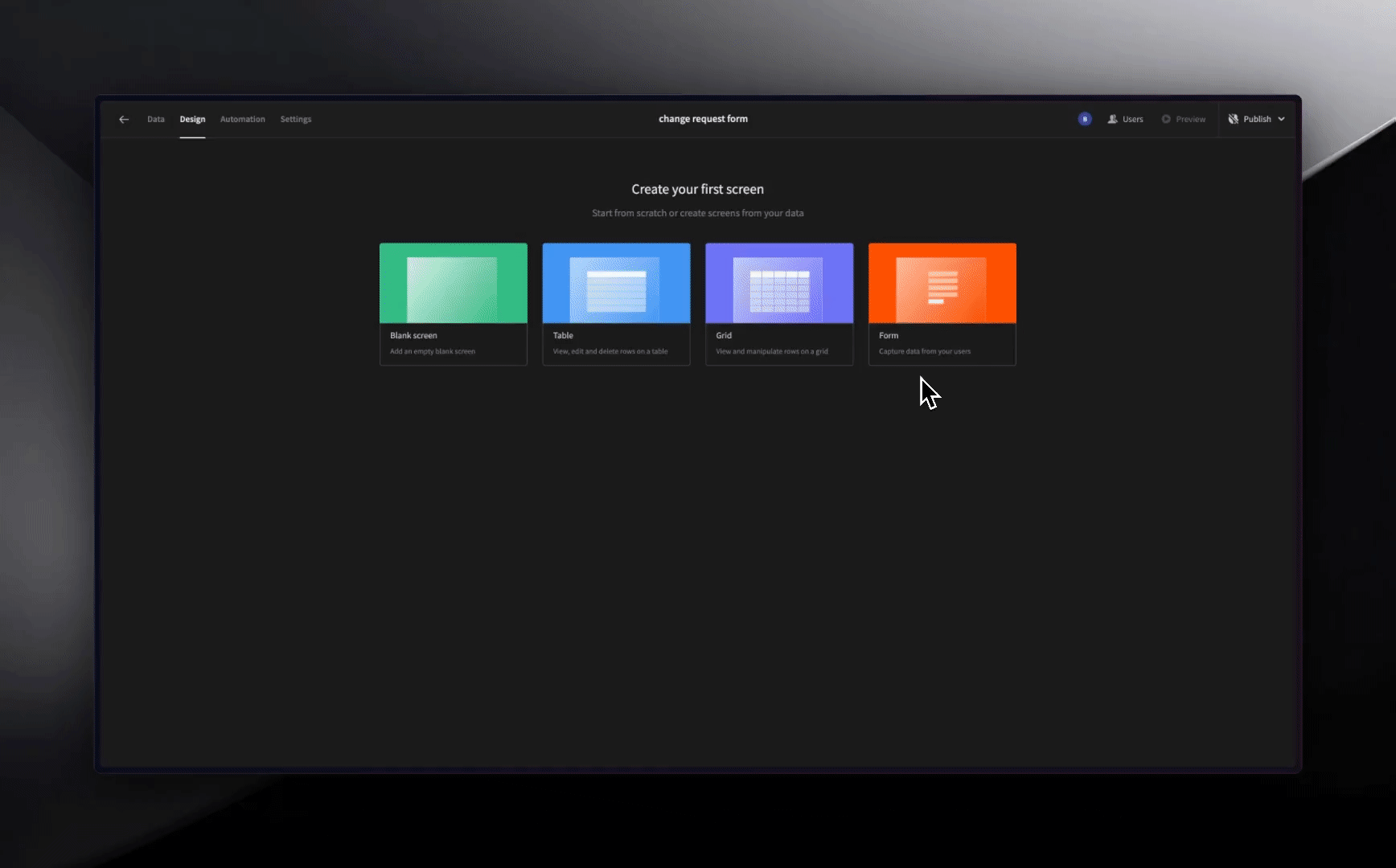Budibase now supports the automatic generation of nested schemas for REST queries that return arrays of objects. This functionality facilitates the display of related nested data in various formats, including tables. This feature is also designed for use with databases that utilize nested documents, such as MongoDB, Firestore, Elasticsearch, and DynamoDB.
A key improvement is the reduction in required network calls for nested data display. Instead of the previous two-query approach (one for top-level data, another for nested data), a single query now suffices, boosting application performance.
This functionality requires the creation of new queries for schema generation to apply. Existing queries will remain unaffected, preserving their current behavior.


